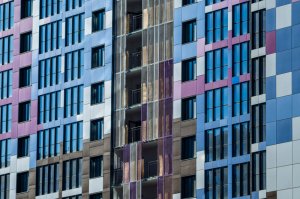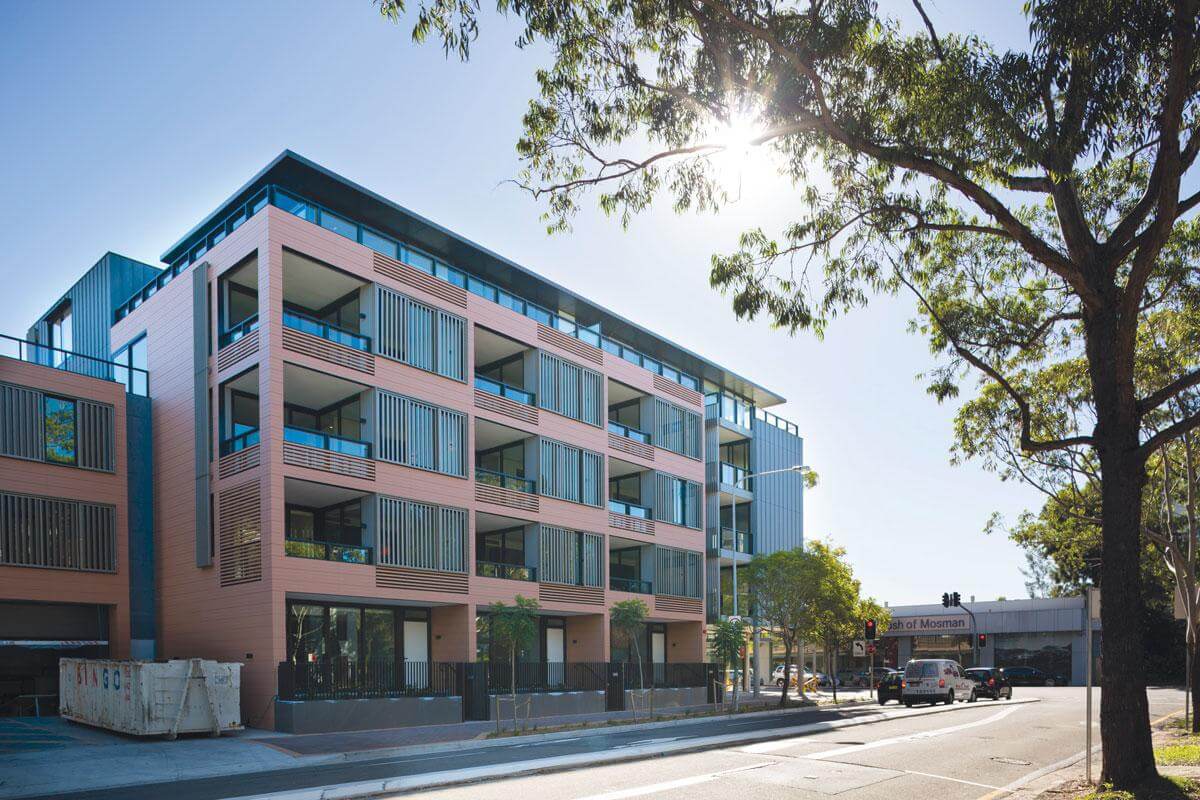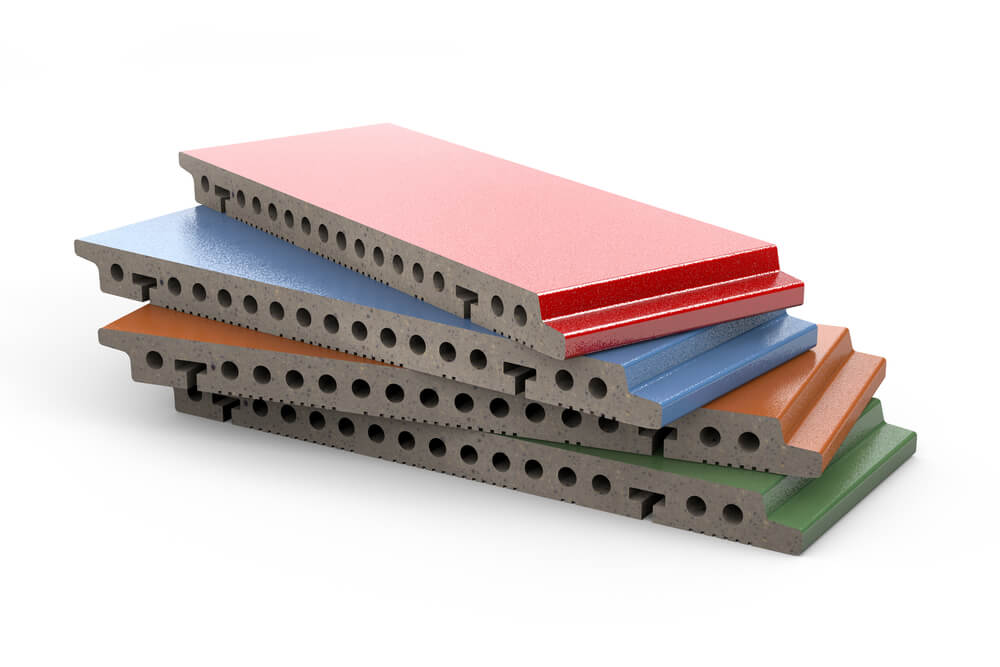Ventilated Facades - Why They're Worth It

For some years now, ventilated facades have been an important trait in many public and institutional buildings. In short, they have three parts: an interior sheet, an insulating layer, and an outer sheet.
Today, a goal is to erect buildings that stay visually appealing over time in addition to having good temperature insulation, more and more projects are turning to the ventilated facade system.
Why you should consider ventilated facades
In terms of sustainability, ventilated facades are highly recommended because they can help you more efficiently manage your resources and reduce your eco-footprint. This system actually forms a part of eco-efficient architecture.

Though they’re expensive, ventilated facades are a solution that is worth the investment. Below, read about the reasons why you should consider them.
1. Save energy
Ventilated facades are estimated to save around 20%-40% of energy thanks to the thermal stability that they offer buildings all year round.
The materials that compose the system are highly efficient for storing heat. In addition, the air chamber helps prevent the building from absorbing heat in the summer. While in the winter, the chamber prevents heat from escaping.
Thus, ventilated facade buildings offer the ideal temperature in their interiors all year round. Logically, that translates into less spending on heating and air conditioning.
2. Resistant and durable
The external sheet is very resistant to outdoor conditions and conserves its visual appeal for a long time.
Ventilated facades use a condensation system to eliminate water and prevent water damage. In short, instead of storing rainwater, this system uses it to clean itself.
We also want to mention that in addition to being able to withstand humidity and wind, these systems also can stand up against the corrosion that results from pollution.
3. Installation, repair, and maintenance
The installation process is very simple and straightforward, making it quite short as well.
On top of that, maintenance is minimal and they rarely need repairs. More often than not, changing a deteriorated piece doesn’t require any special skills and you can do it yourself.

The best thing is that repairs aren’t usually costly. And the color of your exteriors won’t suffer color changes as a consequence of exposure to sun or rain. In turn, you won’t have to worry about keeping it looking nice. Lastly, thanks to its simple, modern design, it will stay in fashion.
4. Better acoustics
The structure of the ventilated facade system can also act as a sound barrier.
They block out any sound higher than 1000 MHz, which can be very helpful in areas where acoustic contamination is an issue, such as big cities.
Things to keep in mind
- Once you install a ventilated facade system onto a building, its value will change.
- These structures don’t create too much rubble or residue. As a result, the cost to remove them are fairly low.
- Ventilated facades reduces thermal bridges, which makes it such a great insulator.
In short, ventilated facades are a long-term solution that are worth considering for construction or remodeling projects. They’re especially recommended if you want your building to look more modern.
For some years now, ventilated facades have been an important trait in many public and institutional buildings. In short, they have three parts: an interior sheet, an insulating layer, and an outer sheet.
Today, a goal is to erect buildings that stay visually appealing over time in addition to having good temperature insulation, more and more projects are turning to the ventilated facade system.
Why you should consider ventilated facades
In terms of sustainability, ventilated facades are highly recommended because they can help you more efficiently manage your resources and reduce your eco-footprint. This system actually forms a part of eco-efficient architecture.

Though they’re expensive, ventilated facades are a solution that is worth the investment. Below, read about the reasons why you should consider them.
1. Save energy
Ventilated facades are estimated to save around 20%-40% of energy thanks to the thermal stability that they offer buildings all year round.
The materials that compose the system are highly efficient for storing heat. In addition, the air chamber helps prevent the building from absorbing heat in the summer. While in the winter, the chamber prevents heat from escaping.
Thus, ventilated facade buildings offer the ideal temperature in their interiors all year round. Logically, that translates into less spending on heating and air conditioning.
2. Resistant and durable
The external sheet is very resistant to outdoor conditions and conserves its visual appeal for a long time.
Ventilated facades use a condensation system to eliminate water and prevent water damage. In short, instead of storing rainwater, this system uses it to clean itself.
We also want to mention that in addition to being able to withstand humidity and wind, these systems also can stand up against the corrosion that results from pollution.
3. Installation, repair, and maintenance
The installation process is very simple and straightforward, making it quite short as well.
On top of that, maintenance is minimal and they rarely need repairs. More often than not, changing a deteriorated piece doesn’t require any special skills and you can do it yourself.

The best thing is that repairs aren’t usually costly. And the color of your exteriors won’t suffer color changes as a consequence of exposure to sun or rain. In turn, you won’t have to worry about keeping it looking nice. Lastly, thanks to its simple, modern design, it will stay in fashion.
4. Better acoustics
The structure of the ventilated facade system can also act as a sound barrier.
They block out any sound higher than 1000 MHz, which can be very helpful in areas where acoustic contamination is an issue, such as big cities.
Things to keep in mind
- Once you install a ventilated facade system onto a building, its value will change.
- These structures don’t create too much rubble or residue. As a result, the cost to remove them are fairly low.
- Ventilated facades reduces thermal bridges, which makes it such a great insulator.
In short, ventilated facades are a long-term solution that are worth considering for construction or remodeling projects. They’re especially recommended if you want your building to look more modern.







